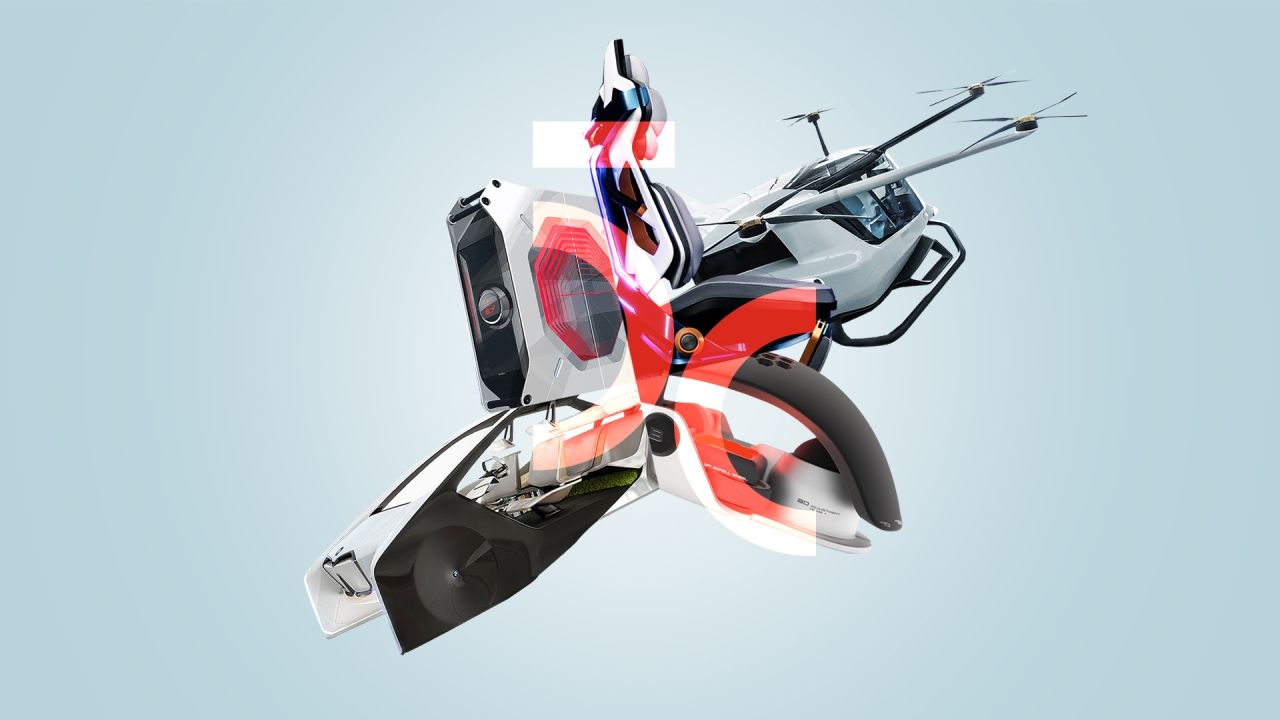Design Speaks: Transforming Conflict into Creativity
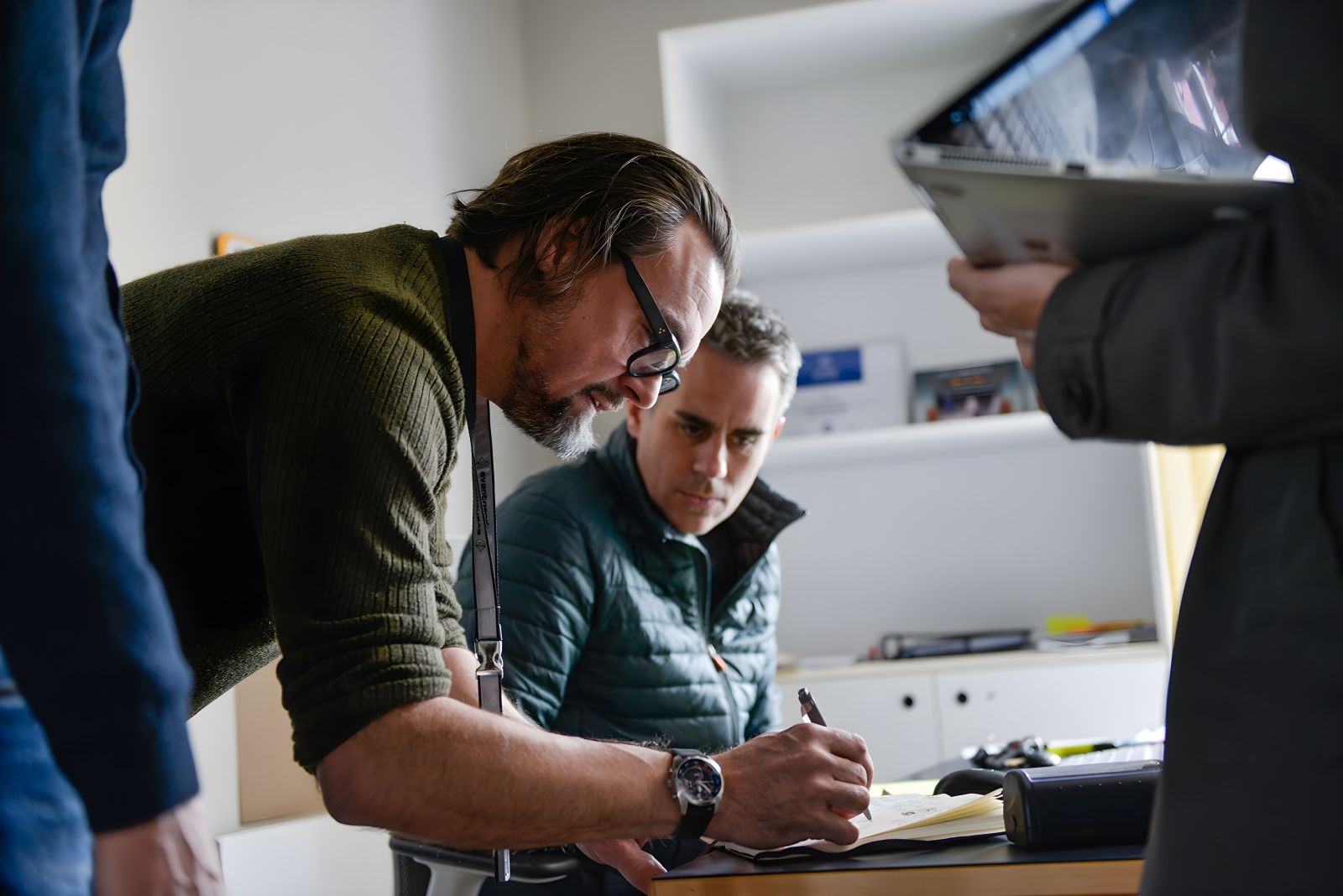
By Tyler Starrine, Associate Director, Creative Consulting, BMW Designworks
Nearly every business leader aspires to staff their organization with team members who are not only talented, but also passionate about the work they do and the company they do it for. Talent without passion can feel like a jet with no fuel: all the necessary components to do the job, but unable to get off the ground. While passion is celebrated for the ways in which it enhances work quality and yields benefits to the organization, passion can also lead to increased conflict. When team members are passionate about their ideas, they often defend them with increased vigor and may find it more difficult to accommodate others’ perspectives.
At BMW Designworks we have built our reputation on not only the innovative work that we produce, but the passionate people that help us create it. As a result, we find ourselves handling more than our fair share of conflict. Rather than try to avoid, or worst yet—ignore, this conflict, we’ve established a culture that embraces it as a natural outcome of creative passion.
Of course, we must also distinguish between productive conflict that can energize teams and push us towards bigger and better ideas – and disruptive conflict that can distract from the intent of the work and stall progress. When conflict results from the desire of a single individual to pursue their own idea regardless of consensus or is rooted in problematic behaviors, it’s unproductive—when conflict results from creative tension between ideas and among teams, it has the power to be productive.

Conflict is a natural outcome of creative passion, and when productive, can energize teams and push us toward bigger and better ideas.
By embracing productive conflict, we’ve come to recognize the value it brings to the creative process, including:
Bringing increased rigor to our creative reviews.
In the absence of conflict, evaluating creative output can become an exercise in evaluating several iterations of a common idea. When we invite contrasting ideas we provide ourselves the opportunity to evaluate each one individually—and determine its merit as the single most resonate solution to the creative provocation. When we invite conflict into the creative process, we invite creative tension that must be explored, examined and ultimately resolved. This process yields better, more refined creative output than one with a more harmonious beginning.
Expanding the creative bounds of our ideation.
By inviting conflict, we make room for a greater spectrum of ideas. The creative process typically begins with exploring various solutions to a challenge and later refining these to the most compelling idea(s). However, when we begin that process with the goal of avoiding conflict, we limit our ability to meaningfully conduct that exploration before it’s even begun. When we foster a culture that sees productive conflict as energizing to the process, we grant permission to our creative team members to push the boundaries of what’s possible—offering the opportunity to develop creative that truly breaks through.
Disrupting patterns that we’ve outgrown.
The world around us is constantly evolving; tastes, preferences and technologies are never static—but processes often are. When we aspire to maintain an environment that avoids conflict, we risk stagnation. For growth to occur, processes must be questioned, habits broken, and patterns disrupted. It’s only by accepting this as part of the process that we reach our creative potential.
Of course, it isn’t simply enough to change the way you think about conflict—deliberate effort must be made across the organization to ensure that the people and processes are actively working in concert with this.
Here are five ways in which we put this into practice:
1
Be intentional about inviting collaboration
Opposing ideas, critical feedback and different ways of working are common scenarios that we encounter when we work with others. As a result, it’s not uncommon to subconsciously seek out those that think most similarly to ourselves when collaboration is required. Surrounding yourself with similarly-minded colleagues may be an easier way of working, but it rarely yields the transformative value of collaborating across opposing views.
To ensure we don’t fall into this habit, we employ the following into our process:
Ensure that brainstorms include at least two people who are not directly involved in the program. By inviting people who are new to the program, we invite the perspectives of team members who aren’t burdened by the baggage that programs can sometimes carry with them. They often bring up ideas that were dismissed earlier and deserve to be revisited, and they can offer fresh feedback that can re-energize the team.
Address conflicting viewpoints head on. When there is conflict between team members, we may be tempted to avoid putting them in a room together. While this tactic is often used to maintain harmony within the group, it does nothing to solve the underlying conflict. We find that when we identify and address these conflicts early in the process, what may have once been a disruptive dynamic can be transformed into one of new understanding and shared objectives
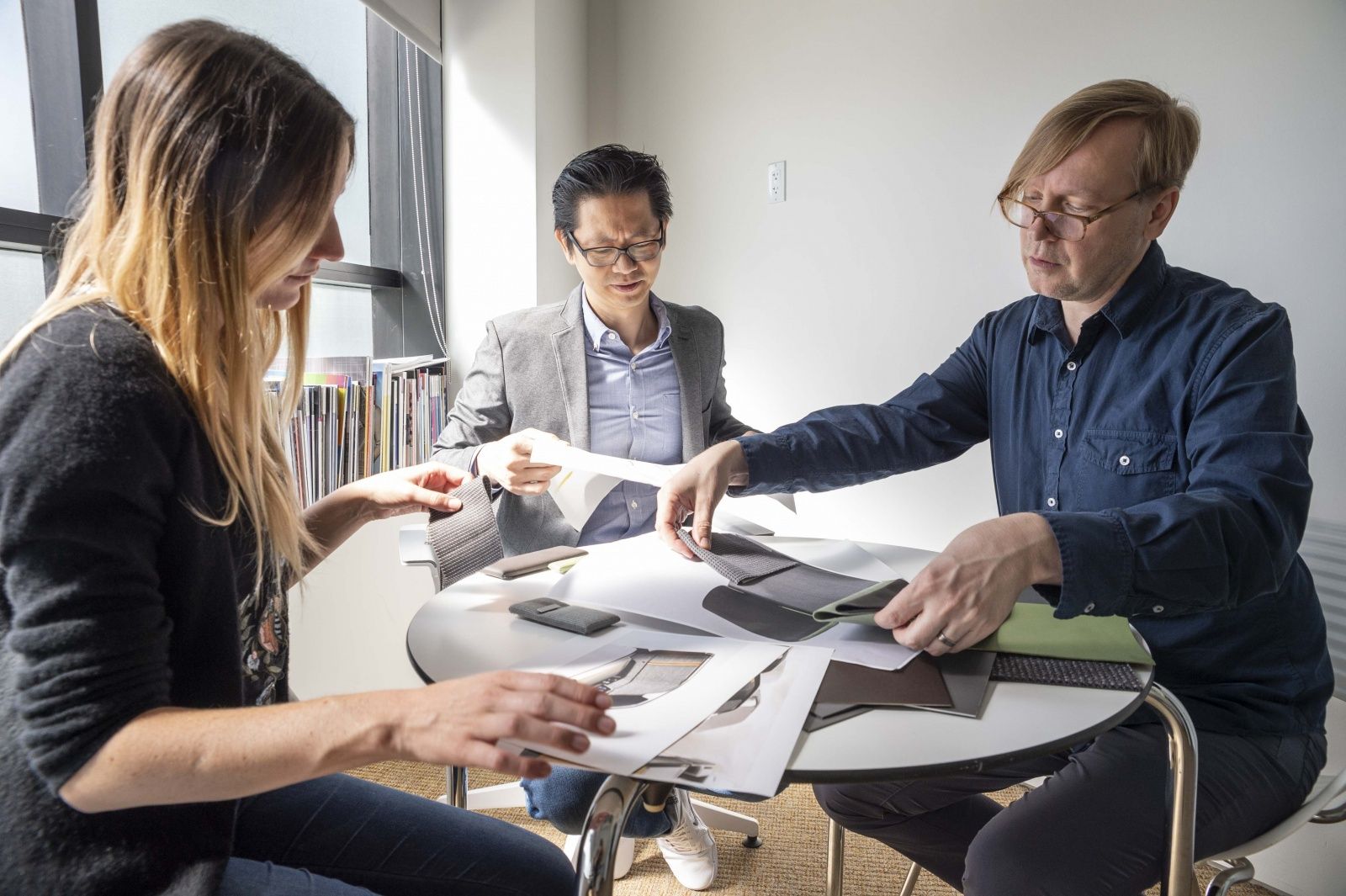
Be intentional about inviting collaboration. Working with people across opposing views can be transformative.
2
Make a safe space for opinion sharing.
Being a creative professional comes with a tremendous amount of pressure—we’re expected to find inspiration on a daily basis, have expertise across various formats and scenarios and produce our very best work every single time we put pen to paper. It’s no surprise that the pressure we feel can be stifling; we hesitate to say things that may not be well received, and we often begin to filter our ideas before they’re even shared.
In order to break down these barriers, we create opportunities for our team members to openly share their ideas and opinions. This format removes the pressure to come up with the “right” answer and allows for a more informal way of engaging, which can surface inspiring and creatively satisfying dialogues.
Two simple ways to incorporate this into your regular routine:
Share an example of a recent design that inspired you—but wasn’t yours. Inviting conflict doesn’t always have to be critical. When you welcome the opportunity for people to talk about what’s inspired them, you can disrupt the status quo and add texture to creative dialogues. Often, work that’s identified as inspiring by the team may contrast with the existing themes in their own work, this can provide creative tension that can inspire them to stretch their thinking beyond where it’s been.
Share an example of something you did recently that missed the mark. If you ask a creative to share a recent “failure,” you’re unlikely to get a meaningful response, but if you make these discussions a regular part of the process you foster a space for conflict to exist in an open and accepted way.
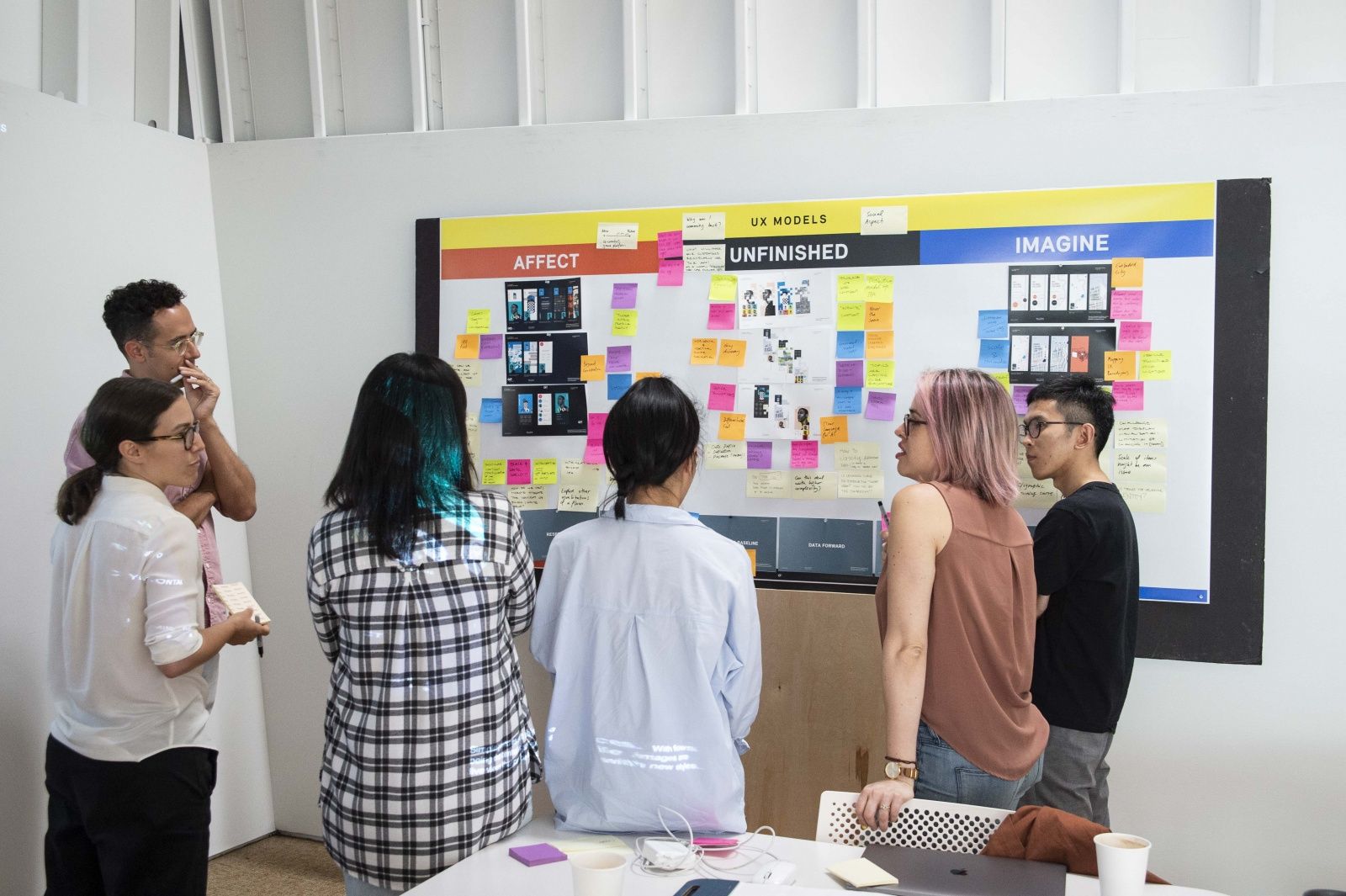
Safe spaces for opinion sharing are essential. Fostering opportunities where the pressure is lifted allows for more informal engagements that lead to moments of greater inspiration.
3
Define, and reiterate, a common goal.
Conflict can make it feel like team members are working against each other—rather than as a team united in their pursuit of fulfilling a shared objective. Bringing team members back together by agreeing on the overarching goal provides an objective lens through which to evaluate work. Consistently reiterating this goal throughout the program can help remind team members that they are each ultimately working towards the same ambition.
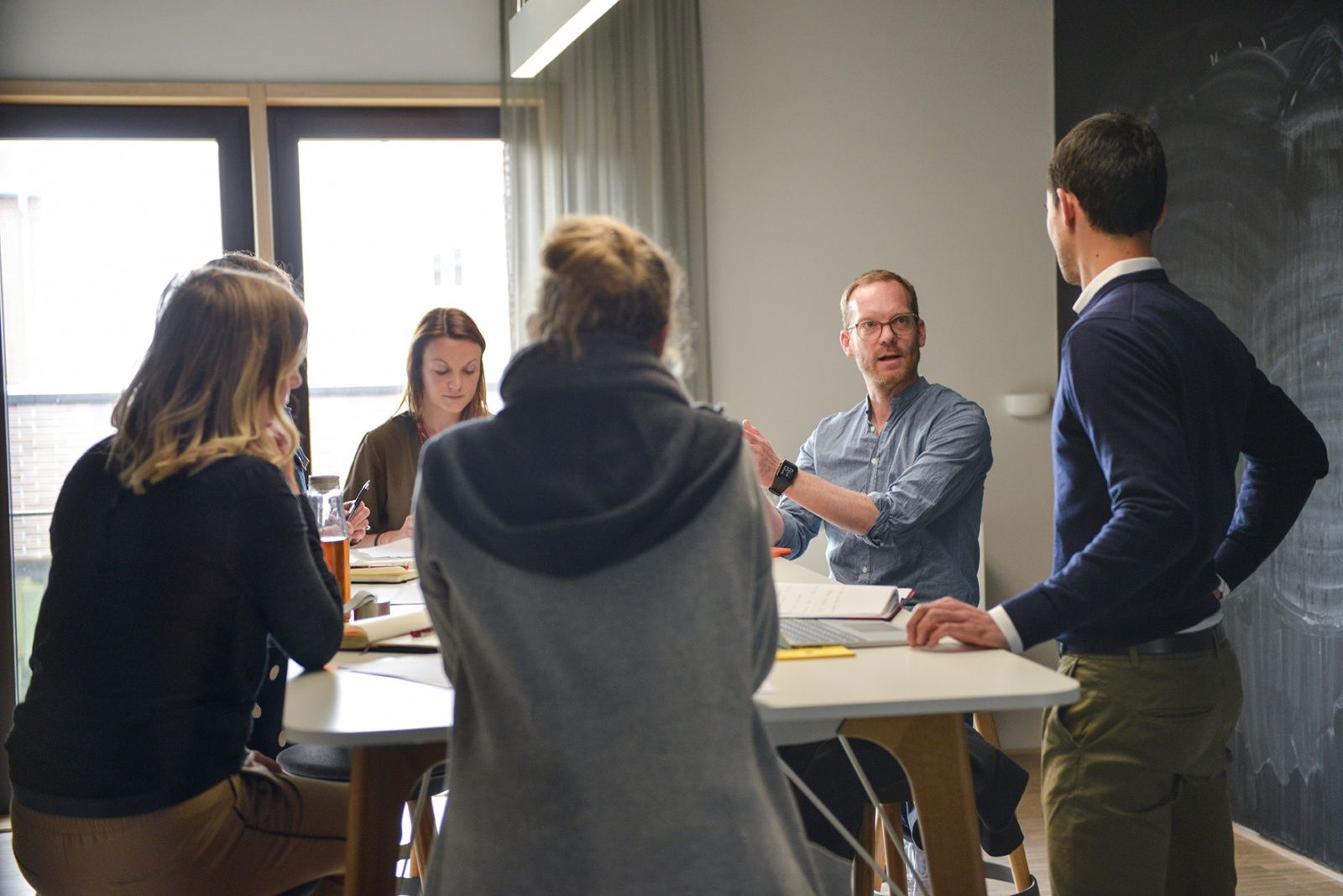
Define and reiterate a common goal. Bring team members back together and remind them of their shared ambition.
4
Designate a moderator.
When team members find themselves in conflict with one another, fight or flight responses often occur: some team members may find themselves shutting down from the dialogue to avoid the discomfort caused by the conflict, while others may find themselves so eager to “win” that they lose sight of the original intention and instead focus on defending their position.
Designating a team member in the role of moderator helps alleviate this risk by ensuring an objective voice in the room should conflict take over. Of course, the designated team member must have effective moderation skills for this to work. Look for the following qualities in potential moderators:
- Confidence, but not arrogance: Moderators should be confident enough to interject when dialogues veer off course, but must maintain the respect of the group.
- Rational (vs. emotional) thinking: A sound voice of reason is what’s needed when moderating passionate individuals. Choosing someone who naturally leans towards rational (vs. emotional) thinking can help ensure that dialogues stay the course—even when tensions surface.
- Well-liked and respected: Having someone that team members have existing affinity and/or respect for helps ensure the moderator will be successful in their attempts to guide the discussions to productive outcomes.
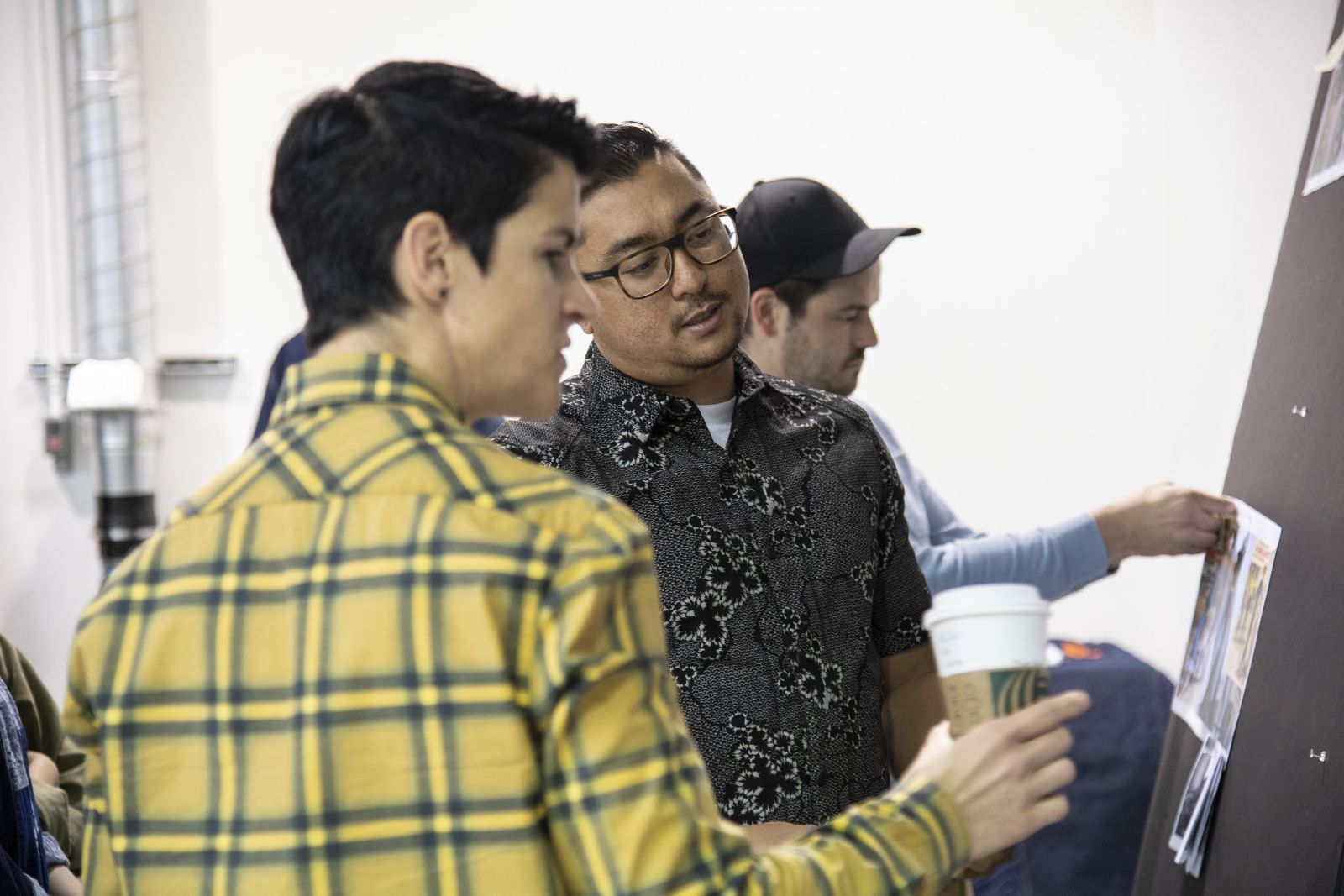
Designate a moderator to ensure an objective voice is present during tough conversations. Effective moderation skills – confidence, rational thinking and respect – are a crucial piece of this process.
5
Get out of the office.
Want to create a safe space for conflict to exist? Create an environment where people are more likely to let their guard down—instead of having a “tough” conversation in someone’s office, ask them to chat while you take a stroll around the building. It’s amazing how transformative a bit of fresh air and sunshine can be to the tone of a tough conversation. Looking to solve a complex creative challenge? Turn the lobby into a brainstorming location for the day and see how much more dynamic the conversation feels than had it been conducted in the usual conference room. Of course, we can’t always escape the office when conflict arises, but identifying inflection points in programs where conflict is likely to occur and planning for a change of scenery can help support a more successful outcome.
Our ability to embrace conflict has contributed to our ability to produce some of the most innovative designs of our time, and has enabled us to deliver truly transformative solutions to the creative challenges we encounter. But it’s done more than just produce great work: it’s helped retain talented team members and ensured a culture that can evolve to meet the changing world around us, a world that’s steeped in creative conflicts just waiting to be resolved.
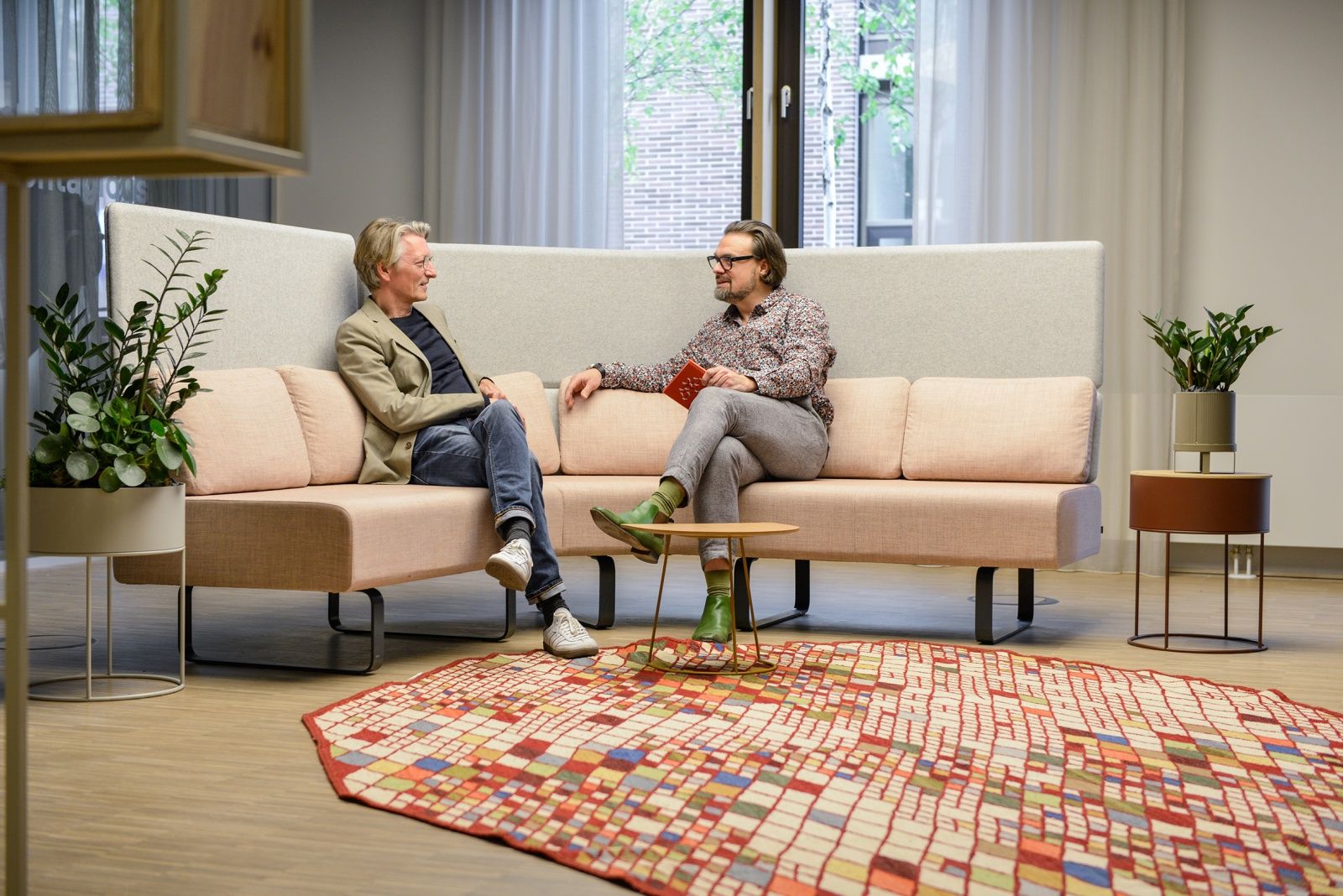
Get out of the office. Turn the lobby into a brainstorming location. Let the guard down.
About the Author
Tyler brings an incredible passion for identifying user needs and uncovering compelling brand truths to every project she’s a part of. From trend identification to developing new creative strategies, Tyler’s ability to surface insights and transform these into meaningful brand experiences has afforded her the opportunity to work with the most sought after brands in the world.


